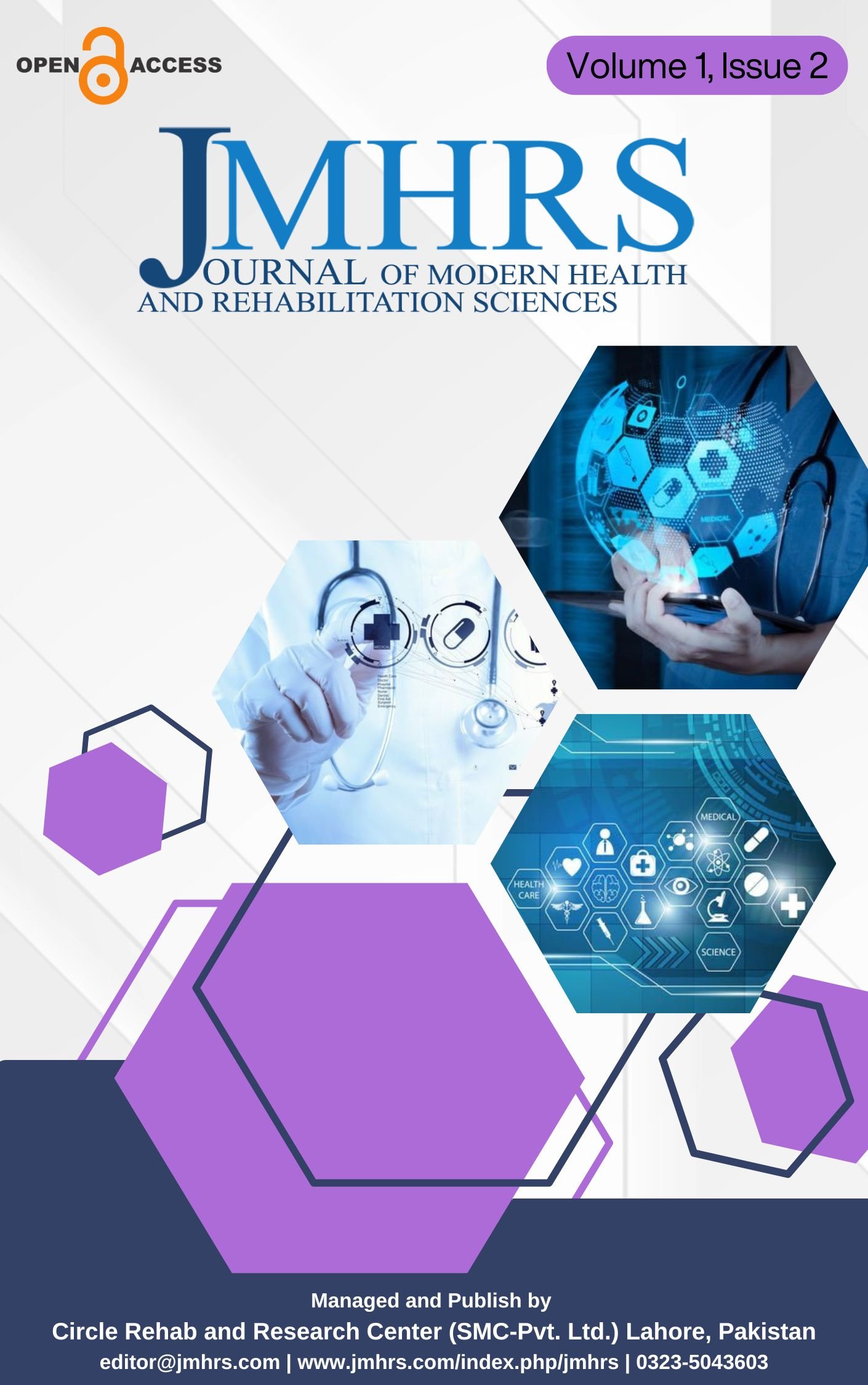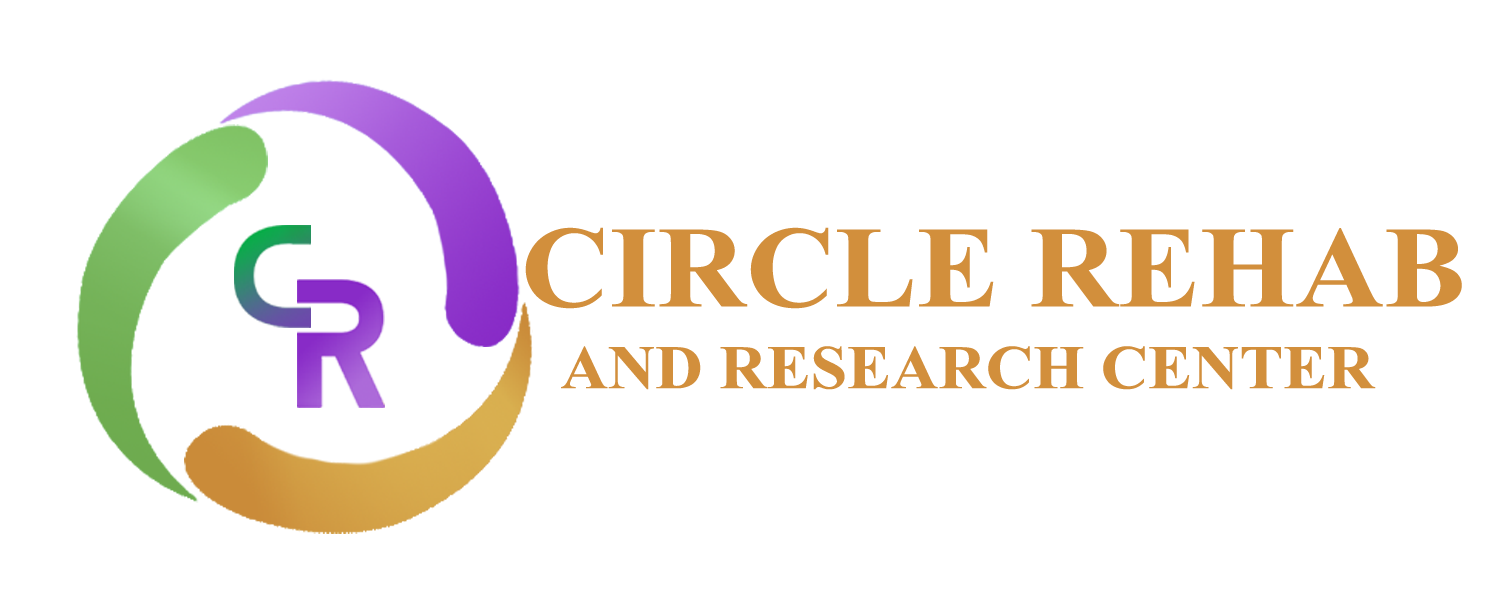Exploring the Impact of Cross-Leg Sitting on Hip Mobility in University Students
Impact of Cross-Leg Sitting on Hip Mobility
Keywords:
Cross Leg Syndrome, Flexibility, Hip Joint, Joint Mobility, Posture, Range of Motion, SittingAbstract
Background: Cross-legged sitting is a common posture, particularly among students, which may influence hip mobility. Prolonged sitting in this posture can affect hip joint movements, particularly internal and external rotation, as well as flexion and extension. The impact of this posture on hip mobility and range of motion remains underexplored.
Objectives: The objective of this study was to evaluate the impact of prolonged cross-legged sitting on hip mobility in university students, specifically examining changes in hip range of motion (ROM) including internal rotation, and external rotation.
Methods: A total of 503 students from Government College University Faisalabad were randomly selected for this cross-sectional study. Participants were required to sit on wooden or plastic chairs without padded cushions, and their daily sitting duration in the cross-legged position was recorded. Hip range of motion (ROM) was measured using a goniometer, and a self-made questionnaire was validated through a pilot study. Data were analyzed using SPSS software.
Results: The majority of individuals exhibit reduced hip mobility in both internal and external rotations, with most falling into the 30-50 Moderate, Mild, Severe category. For right internal rotation, 96.22% show decreased mobility, while right external rotation has 82.71% in the same category. Similarly, left internal rotation and left external rotation show 60.68% and 49.70% in reduced mobility, respectively. Chi square test demonstrated significant associations, highlighting that cross-leg sitting is linked to reduced hip mobility in both internal and external rotations of the right and left hips.
Conclusion: Prolonged cross-legged sitting negatively impacts hip mobility, especially hip internal rotation. Interventions to promote proper sitting posture are essential for maintaining hip joint health.
Keywords: Cross Leg Syndrome, Flexibility, Hip Joint, Joint Mobility, Posture, Range of Motion, Sitting
Downloads

Downloads
Published
Issue
Section
License

This work is licensed under a Creative Commons Attribution-NonCommercial 4.0 International License.
Copyright ©. Authors retain copyright and grant publishing rights to Journal of Modern Health and Rehabilitation Sciences (JMHRS).
















